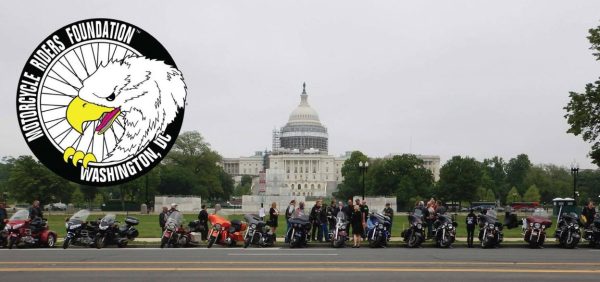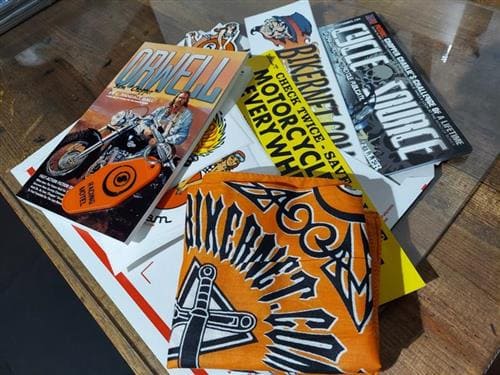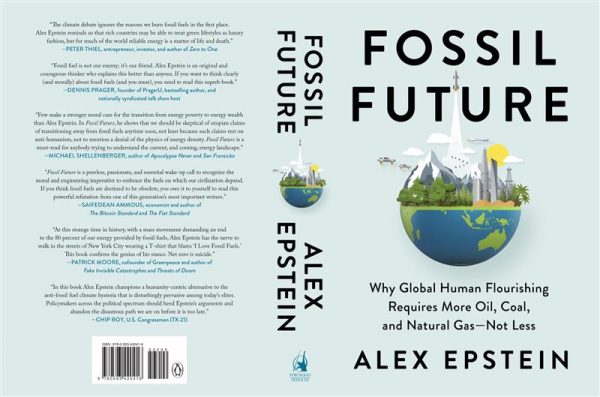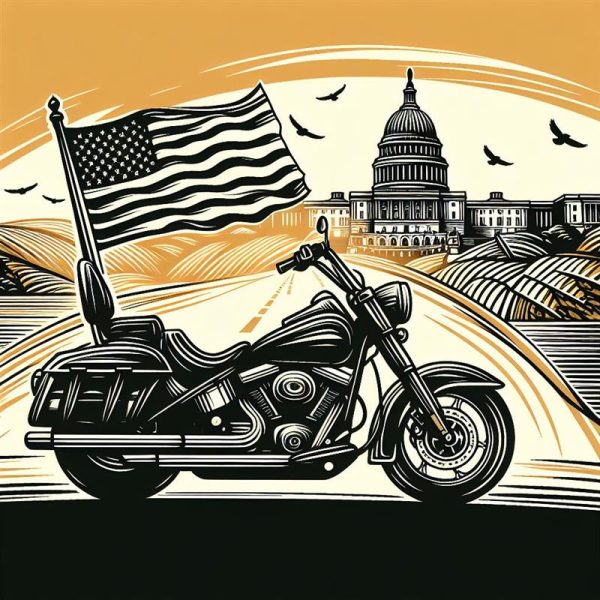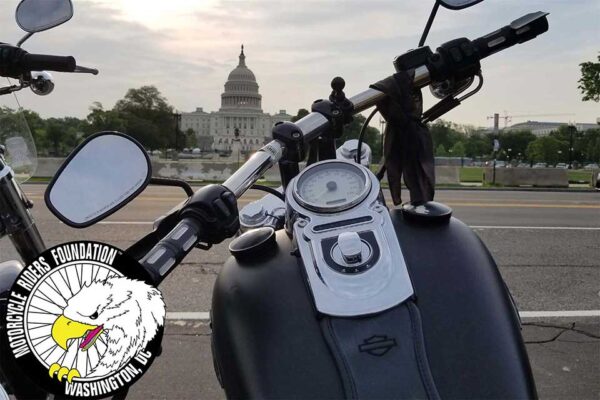100 WFC: What’s It Gonna Be
What’s It Gonna Be by Keith ‘Bandit’ Ball with illustration by Wayfarer Jake at 6 feet and buffed pulled up to the log cabin saloon off Highway 25, in CO on his highbar 80 flathead. No other bikes in the lot, only SUVs. He ordered a 3-2-1 Jack from blonde and bodacious. Her eyes sparkled but darted with concern. Suddenly surrounded by a young crew in camos, they snarled and brandished weapons. “Your loud pipes are done. It’s a climate emergency!” Said big and fuzzy. “What’s it gonna be?” Jake asked. “Freedom and Truth or a lying piece-of-shit dictatorship.” Fuzzy hesitated and gulped. “Bring it on,” Jake said. “Bikers are ready.” (publication dated 22-May-2024) * * * Read all about this 100 word mania at the contest page—click here https://www.bikernet.com/pages/Bikernet_100_Word_Fiction_Contest_2024.aspx
100 WFC: What’s It Gonna Be Read More »



